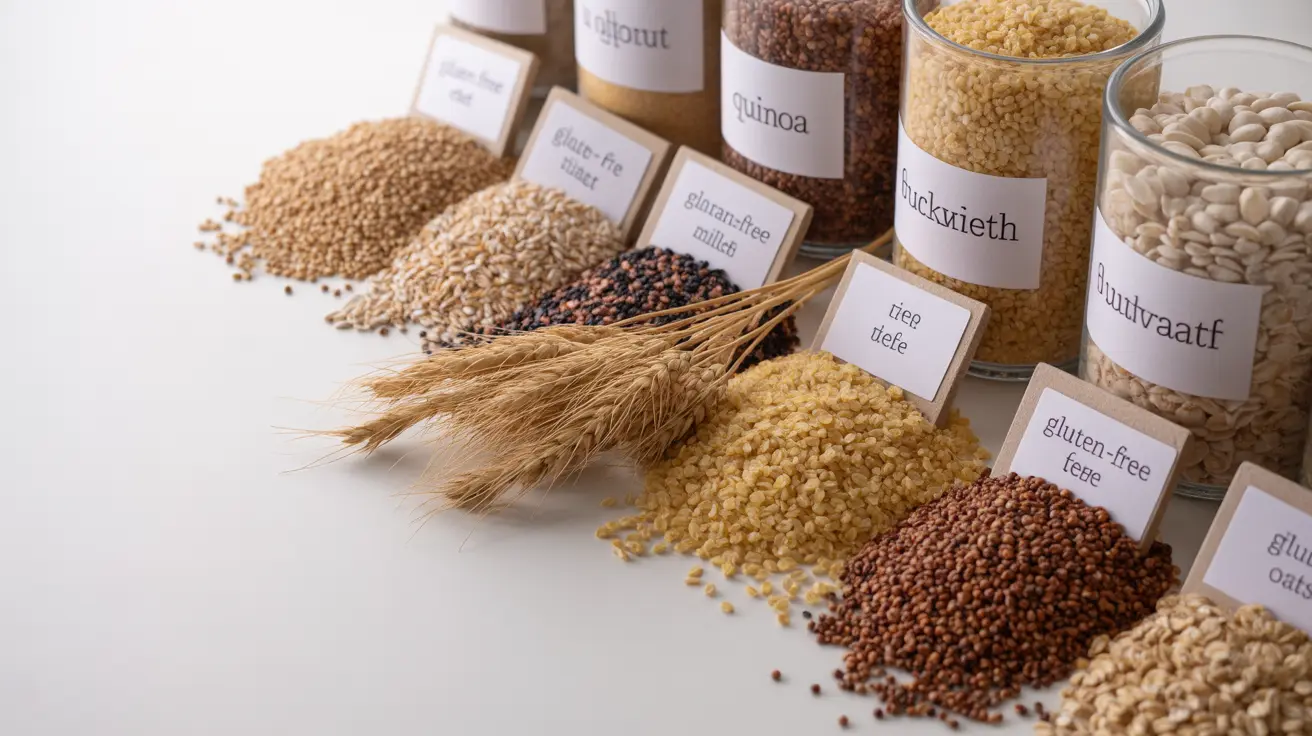For people with celiac disease or gluten sensitivity, understanding which grains are safe to consume is crucial for maintaining their health. Spelt, an ancient grain related to modern wheat, often creates confusion regarding its gluten content and safety. This comprehensive guide will clarify whether spelt is appropriate for those who need to avoid gluten.
Let's explore the relationship between spelt and gluten, helping you make informed decisions about including or avoiding this grain in your diet.
What is Spelt and Its Relationship with Gluten
Spelt is an ancient species of wheat that has been cultivated for thousands of years. Despite its status as a heritage grain, it contains significant amounts of gluten proteins, making it unsuitable for individuals who need to follow a gluten-free diet.
Like modern wheat, spelt contains the proteins gliadin and glutenin, which combine to form gluten. These proteins are responsible for triggering immune responses in people with celiac disease or non-celiac gluten sensitivity.
Gluten Content in Spelt vs. Modern Wheat
While spelt's protein structure differs slightly from modern wheat, it still contains substantial amounts of gluten. Research indicates that spelt's gluten content typically ranges between 10-12%, which is comparable to common wheat varieties.
Understanding the Differences
Some key distinctions between spelt and modern wheat include:
- Different protein structure
- Varying ratios of gluten proteins
- Potentially different digestibility
- Unique nutritional profile
Safety Concerns for Different Dietary Restrictions
Celiac Disease
For individuals with celiac disease, spelt is absolutely not safe to consume. The gluten proteins in spelt can trigger the same autoimmune response as modern wheat, potentially causing intestinal damage and other serious health complications.
Non-Celiac Gluten Sensitivity
People with non-celiac gluten sensitivity should also avoid spelt. Despite its ancient origins, the grain can still trigger adverse reactions similar to those caused by modern wheat.
Wheat Allergy
Those with wheat allergies typically must avoid spelt as well, since it belongs to the wheat family and contains similar allergenic proteins that can trigger reactions.
Safe Gluten-Free Alternatives to Spelt
Instead of spelt, individuals requiring gluten-free options can safely consume these alternatives:
- Quinoa
- Buckwheat
- Amaranth
- Rice (all varieties)
- Millet
- Teff
- Certified gluten-free oats
Frequently Asked Questions
Is spelt safe to eat if I have celiac disease or gluten sensitivity?
No, spelt is not safe for people with celiac disease or gluten sensitivity. It contains significant amounts of gluten that can trigger adverse reactions and damage the intestines in celiac patients.
How much gluten does spelt contain compared to regular wheat?
Spelt contains approximately 10-12% gluten, which is comparable to the gluten content found in regular wheat. The slight differences in protein structure do not make it any safer for gluten-sensitive individuals.
Can people with a wheat allergy tolerate spelt without reactions?
Generally, no. Since spelt is a type of wheat, people with wheat allergies typically react to spelt as well. It's best to avoid spelt if you have a diagnosed wheat allergy.
What gluten-free grain alternatives are recommended instead of spelt?
Safe alternatives include quinoa, buckwheat, amaranth, rice, millet, teff, and certified gluten-free oats. These grains provide excellent nutritional value without the risks associated with gluten consumption.
Does spelt cause stronger symptoms or autoimmune reactions than modern wheat?
While individual responses may vary, spelt typically causes similar autoimmune reactions to modern wheat in people with celiac disease or gluten sensitivity. There's no scientific evidence suggesting that spelt causes stronger or weaker reactions compared to modern wheat.




